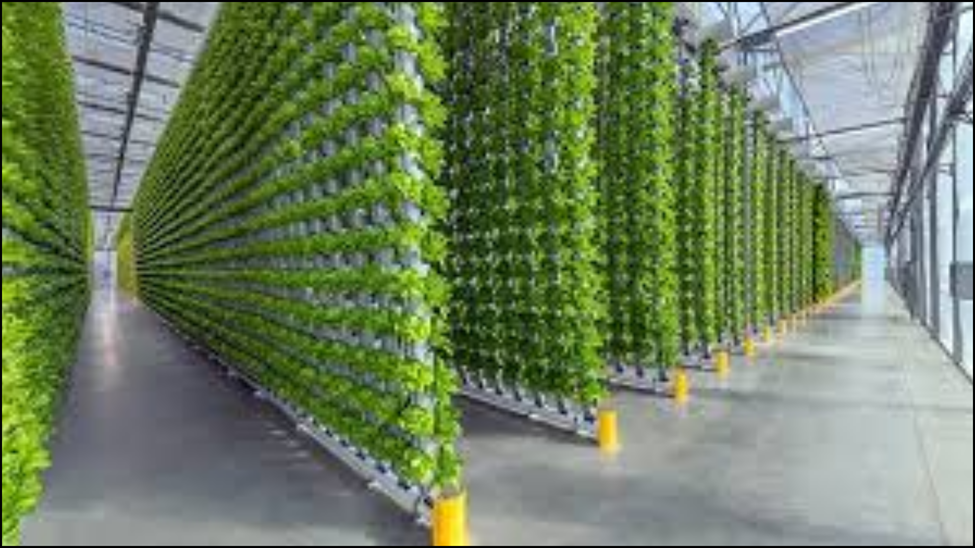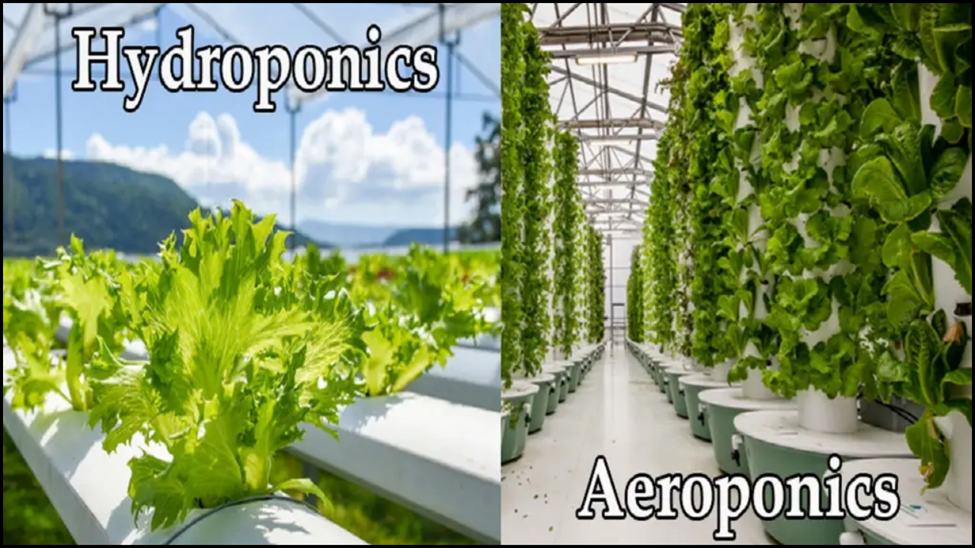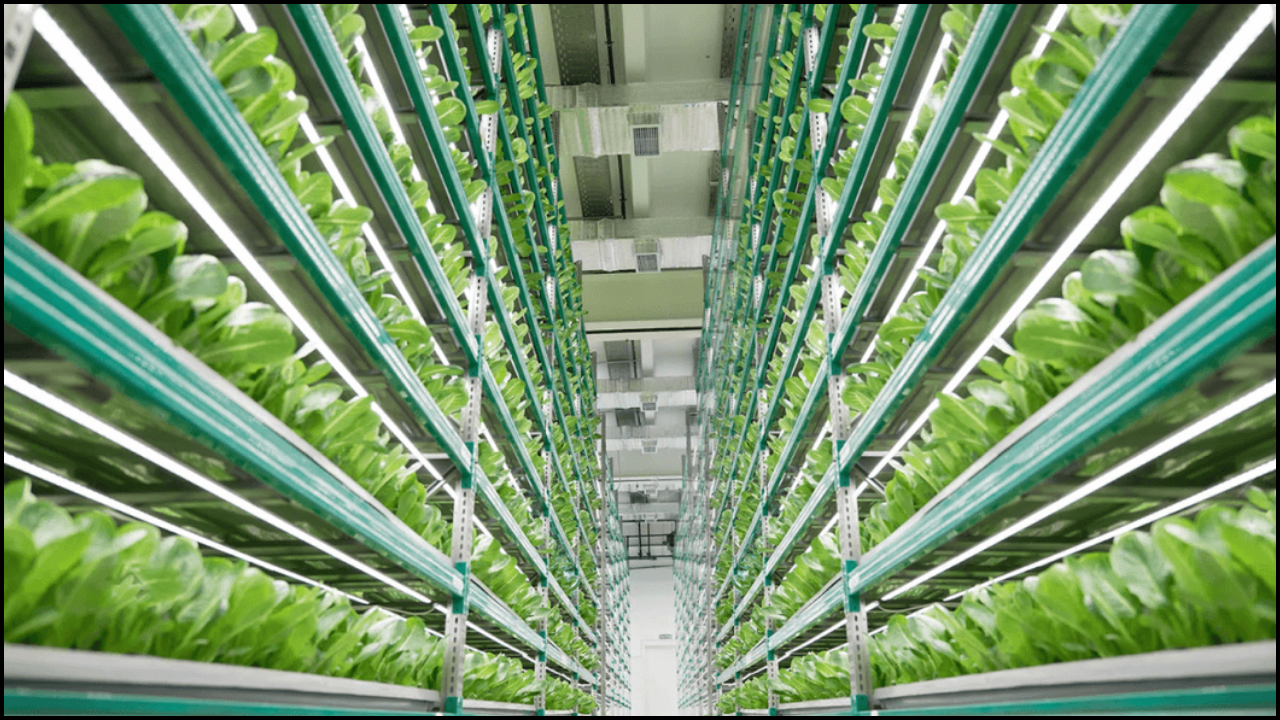As the global population continues its upward trajectory, the long-standing pillars of traditional agriculture are increasingly strained by formidable challenges. Land scarcity looms large, with arable land a finite resource under constant pressure from urbanization and degradation. Simultaneously, the unpredictable hand of climate change introduces volatile weather patterns, impacting yields and threatening food security, while persistent water shortages deplete the very lifeblood of conventional farming. Amidst these escalating concerns, vertical farming emerges not just as an alternative but as a truly revolutionary solution, fundamentally transforming the very paradigms of how we cultivate our food.
By ingeniously stacking crops in meticulously controlled indoor environments, often in multi-layered systems, vertical farming maximizes valuable space, dramatically reduces resource consumption, and crucially, ensures consistent, year-round production regardless of external climatic conditions. This article delves into the promising future of food production as shaped by vertical farming, exploring its sophisticated underlying technology, the myriad benefits it offers, and its burgeoning adoption in diverse nations, with a particular focus on its exciting growth in countries like India.
What is Vertical Farming?
Vertical farming is a revolutionary agricultural practice that redefines how we cultivate food by growing crops in vertically stacked layers. This innovative approach typically takes place in precisely controlled indoor environments, transforming spaces like urban warehouses, unused industrial buildings, or even dedicated sections within skyscrapers into highly productive farmlands. A fundamental departure from traditional soil-based agriculture, vertical farming relies on advanced soilless cultivation techniques such as hydroponics, where plants grow in nutrient-rich water solutions; aeroponics, which mists plant roots with nutrient-rich water; or aquaponics, a symbiotic system integrating aquaculture with hydroponics.
The entire growth process is meticulously optimized through the strategic use of technologies like LED lighting, which provides specific light spectrums tailored to different plant needs, sophisticated climate control systems that manage temperature, humidity, and CO2 levels, and advanced automation for tasks like nutrient delivery and monitoring. This integration of cutting-edge technology makes vertical farming not just an alternative, but an exceptionally efficient and sustainable method for food production, maximizing yields while minimizing resource consumption.

The Future of Food Production with Vertical Farming
With the world’s arable land shrinking, vertical farming offers a sustainable alternative. It uses up to 95% less water than conventional farming and eliminates pesticides, ensuring cleaner, healthier produce. Urban areas benefit the most, as vertical farming reduces the distance food travels from farm to table, cutting carbon emissions.
Companies like Vertical Harvest are leading the way, proving that vertical farming can be commercially viable. By integrating AI and IoT, farms can monitor plant health, adjust nutrients, and predict yields with precision. The future of food production lies in scaling vertical farming to meet global demand sustainably.
Vertical Farming Technology: Key Innovations
The success of vertical farming depends on cutting-edge technology:

- Hydroponics & Aeroponics: Soil-free systems deliver nutrients directly to roots, speeding up growth.
- LED Grow Lights: Energy-efficient LEDs mimic sunlight, optimizing photosynthesis.
- Automation & Robotics: AI-driven systems manage planting, watering, and harvesting.
- Climate Control: Sensors regulate temperature, humidity, and CO2 levels for ideal growing conditions.
Investing in vertical farming technology ensures higher yields with minimal labor, making it a smart choice for modern agriculture.
Buying Vertical Farming Equipment
For those interested in starting a vertical farming operation, selecting the right equipment is crucial. Key components include:
- Grow racks & shelving to maximize space
- Hydroponic or aeroponic systems for efficient nutrient delivery
- Climate control systems to maintain optimal conditions
- LED lighting solutions tailored to crop needs
Many companies now offer turnkey vertical farming setups, making it easier for entrepreneurs and farmers to adopt this method.
Vertical Farming in India: A Growing Trend
India, with its rapidly urbanizing population and agricultural challenges, is embracing vertical farming. Startups and agri-tech companies are setting up indoor farms in cities like Mumbai, Bangalore, and Delhi. Vertical farming in India addresses issues like water scarcity, soil degradation, and seasonal crop failures.
Government initiatives and private investments are accelerating the adoption of vertical farming technology, ensuring food security and reducing reliance on imports. With its potential to revolutionize Indian agriculture, vertical farming could become a cornerstone of the country’s food production system.
Conclusion: Why Vertical Farming is the Future
Vertical farming is more than a trend—it’s a necessity for sustainable food production. By using less land, water, and energy, it offers a viable solution to feed the growing population. As technology advances, vertical farming will become more affordable and widespread, transforming urban landscapes into food-producing hubs.
From Vertical Harvest in the U.S. to emerging farms in India, the global shift toward vertical farming is undeniable. Whether you’re an investor, farmer, or consumer, understanding and supporting vertical farming is key to a food-secure future.
By adopting vertical farming, we take a crucial step toward a greener, more efficient agricultural system—one that can sustainably nourish the world for generations to come.






